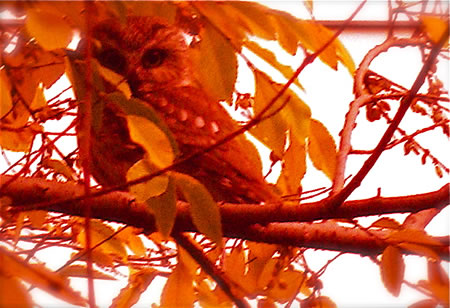
When you’re looking at something, how closely are you tuned?
I was watching people watch. This is a habit.
That is, studying people as they “study” — watching to see how people are paying attention. This couldn’t be any more in-depth or capable interpretation of the ongoing analysis of watchful friend, Linda Stone, and her studies of “attention.”
But it’s more to an inherent curiosity that I’ve got about people and how they see things, and what they do when they see them. How they do, or do not, pay attention. With people that I work with, clients, those that I observe on the subway, walking the street, studying their eyes, for what they see, and what they do not.
That lead me to think about context in connection — how people sense things in relationship to design. Sitting through hundreds of hours of focus sessions — or dozens of anthropological visits, you begin to get a sense of what to “look for.” The whole body is a sensing organ — watching the eyes is one channel of consideration; but what about everything else. What are the degrees of engagement, alertness, fascination, deep gaze, dream sight, disconnected focus, continuous sight? Working on launch programs — building a story, a product, a place — and watching it go live, linking into the observation of visitors, guests, audience — I ponder the question: who’s synced into the “real time” of the moment — and who is just “passing by”?
When you really get into watching people watching people [or things], you begin to study how other creatures examine. Spiders, for example — try getting close enough to a spider that you can track the movements of that body, sensing yours. Dragonflies. Lizards. Hummingbirds. How deep, the dog’s study? The cat? But being a student of raptors, corvids and other larger intelligent birds, I cast my gaze there.
Pondering the focused link, the attention of one engaged, what would be the most powerful visible parable? One, to note, the owl. Get close enough to watch a raptor watch — and you realize there are layers to seeing in to things. The attached imagery is incredible to watch — the liquidity, the fluency, the grace. http://www.dogwork.com/owfo8 But more so, the focus.
And the design, of how it works…Owl coming in — from one hundred feet, one thousand frames a second — for the strike right at the camera, only a minute long. The head, the gaze never moves — and the last two or three seconds are amazing, watching the feathers ruffle and the wings swell. This is taken at 1000 frames per second.
The idea of looking, a metaphor of seeing — when you look at something, how far do you look in? Looking out, is looking in — even etymologically, to look is the modern turn on an old, perhaps first millennium expression of a German dialect, lugen “to look out.”
In my earlier days as a falconer’s “valet,” I recall looking into the eyes of the raptors that I hand-roosted (and that’s all that I was entitled to do — being a carrier of these birds. They looked out, through me, to the far lands, and to the mammals that scurried in the grass fields beyond where I stood, holding them.
Look out. Look in. Look beyond.
tsg | NYC
G I R V I N | INNOVATION WORKSHOPS
CREATING STRATEGIES, PRODUCTS, IDEAS FOR CHANGE.
http://bit.ly/vfzyEU
Trackbacks/Pingbacks